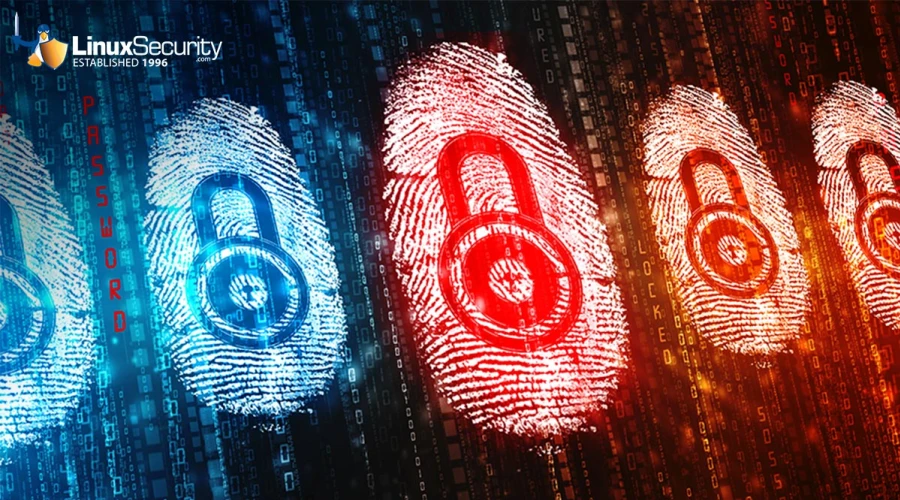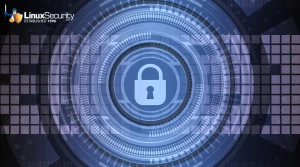Are You Looking for Linux Vulnerabilities in the Right Places?

Scanning for vulnerabilities in the right places is critically important in securing your Linux environment. While vulnerability scanning initially involved scanning Linux hosts, it has since shifted to scrutinizing container images. However, in the world of vulnerability management, we often focus on scanning images in registries and CI/CD processes but forget to monitor vulnerabilities where it really matters: container images that are actually running.
This approach is becoming increasingly essential to ensure that the systems we operate and the software we deploy remain secure. Our current paradigm for vulnerability management involves looking for vulnerabilities under the lamppost. It is crucial to remember why vulnerability scanning is essential, which is to identify and bolster potential weak points in our systems before they can be exploited.
Why Is Scanning Container Images Important & What Challenges Do Admins Face?
 By scanning images in registries, organizations can ensure that only approved and secure images are deployed. Additionally, modern vulnerability scanners can easily integrate with popular image registries, automating the scanning process.
By scanning images in registries, organizations can ensure that only approved and secure images are deployed. Additionally, modern vulnerability scanners can easily integrate with popular image registries, automating the scanning process.
One significant challenge, however, is the fact that the scan results will only contain the vulnerabilities that are known at that point in time. Any vulnerabilities that surface later will be missed. Therefore, it's vital to focus scans where it matters - on container images actually running in an operational environment.
An excellent way to accomplish this is through the Software Bill of Materials (SBOM), which is an exhaustive list of components in a software version. By regularly comparing your SBOMs against known vulnerabilities, it’s possible to gauge your exposure level and act promptly.
But how do we ensure that our registry scan results stay up-to-date and relevant for our running systems? While scanning container images in registries and CI/CD processes is useful, it should not distract us from monitoring vulnerabilities where it genuinely matters: our running container images.
Our Final Thoughts on Linux Vulnerability Scanning
In conclusion, vulnerability scanning is critical, and scanning for vulnerabilities in container images that are actually running in our production environment is crucial to robust security. As a security practitioner, I will take this advice to heart and focus my vulnerability management efforts on scanning images that matter most in the operational environment.
Have a question or comment on this topic? Connect with us on X @lnxsec, and let's have a discussion!























